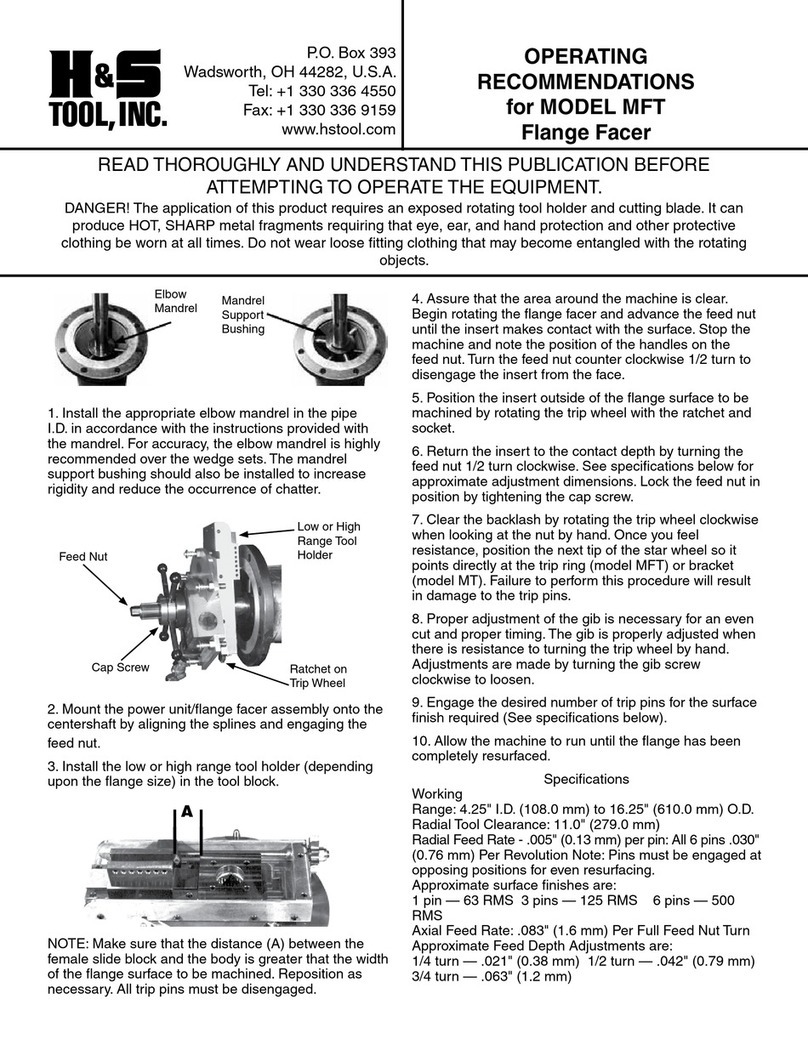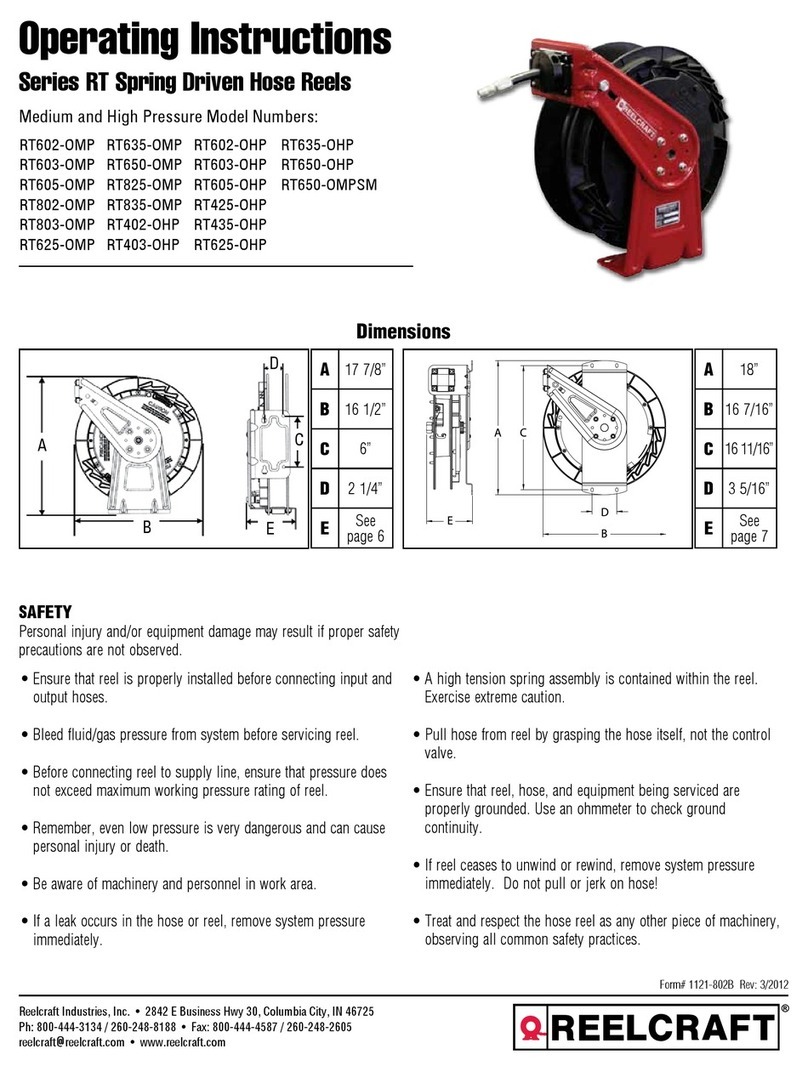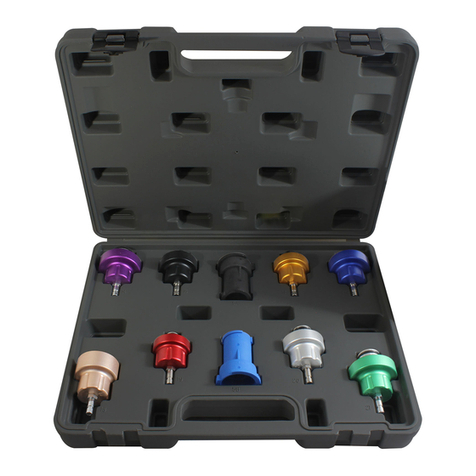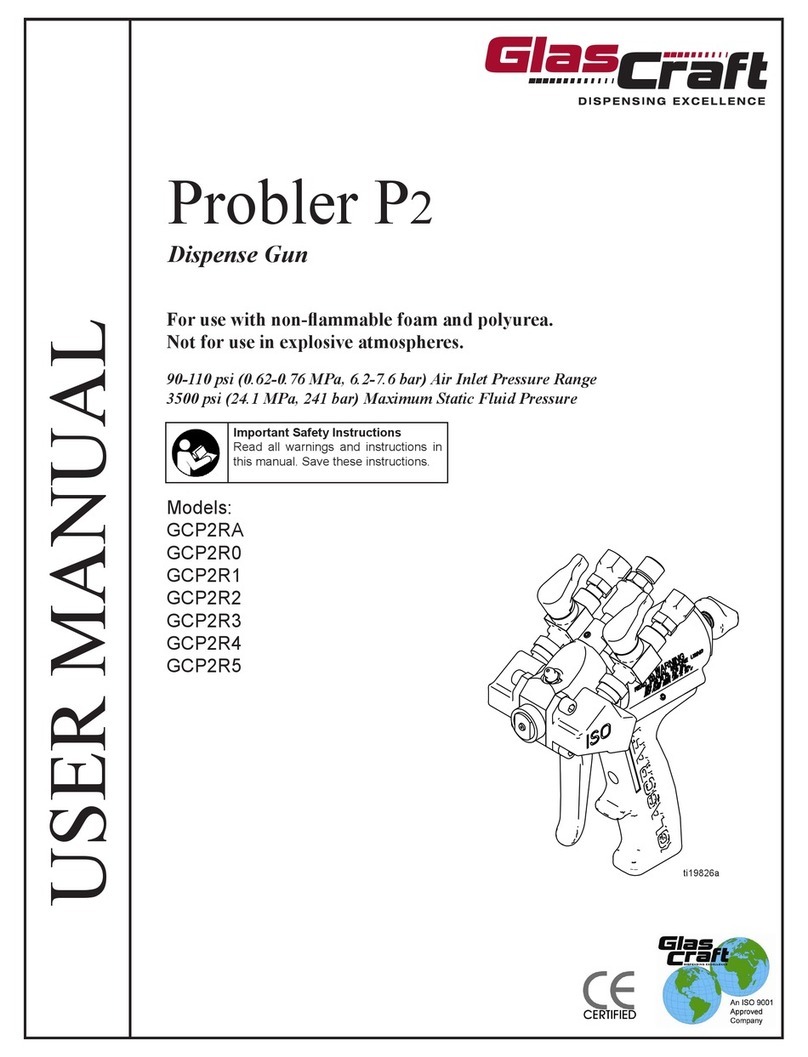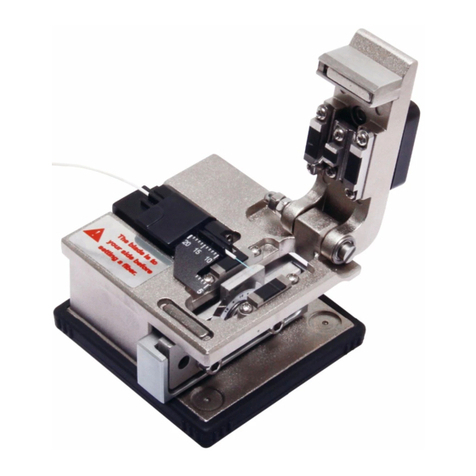Teseq NSG 437 User manual

1
NSG 437 ESD SIMULATOR
USER MANUAL 601-272C

NSG 437 ESD simulator
NSG 437 ESD SIMULATOR
601-272CUSER MANUAL

1 Explanation of the symbols used in this manual 5
2 Safety 6
3 Introduction of ESD phenomenon 8
3.1 Electrostatic discharge (ESD) 8
3.2 Simulation 9
3.3 Effects on the EUT 11
4 NSG 437 12
4.1 The simulator 13
4.1.1 Function modules 13
4.1.2 Block diagram 14
4.1.3 Operating elements 16
4.2 System components 17
4.2.1 Power supply unit 17
4.2.2 Options 17
4.2.3 Discharge networks 18
4.2.4 Measurement adapters 19
5 Commissioning 20
5.1 Function test 20
6 Operation 22
6.1 Switching on 22
6.2 Operation and settings 23
6.2.1 Display 24
6.2.2 Voltage 25
6.2.3 Polarity 25
6.2.4 Counter 25
6.2.5 Repetition 27
6.3 Settings 27
6.3.1 Language 27
CONTENTS

6.3.2 Discharge 27
6.3.3 Activity Log 27
6.3.4 Threshold 28
6.3.5 Standards 28
6.3.6 Continuous operation 30
7 Test procedures 30
7.1 Standard-compliant procedures 30
7.2 Other situations 30
8 Vericationofthepulsedata 32
9 Typical pulse data 33
10 Maintenance 34
10.1 Calibration 34
10.2 Exchanging the R / C network 35
10.2.1 Reduction of pulse repetition rate through higher capacity 36
10.3 Repairs 36
10.4 NSG 437 system error messages 37
10.5 Disposal 38
10.6 Declaration of conformity CE 39
11 Technicalspecications 40
12 ESD standards 42
13 Warranty 43
14 Accessories 44
15 Addresses 45

5
Please take note of the following explanations of the symbols used in order
to achieve the optimum bene t from this manual and to ensure safety during
operation of the equipment.
The following symbol draws your attention to a circumstance where non-
observation of the warning could lead to inconvenience or impairment in the
performance.
Example:
1 EXPLANATION OF THE SYMBOLS
USED IN THIS MANUAL
This connection must not be confused with the main
power input.
The following symbol draws your attention to a circumstance where non-
observation of the warning could lead to component damage or danger to the
operating personnel.
Example:
Never connect or disconnect the pistol while system is
performing a test.
Symbols used on the product:
Danger
high voltage
Protective
earth terminal
Attention
refer to manual

6
NSG 437 ESD simulator
The NSG 437 simualtor is not a toy! It is a professional tool and belongs only in
the hands of specialists and appropriately trained personnel.
The instrument must not be switched on unless a correctly connected earth
or earth cable (pulse current return path) is in place. The original earth cable
supplied with the instrument is to be used. Any replacement cables must be
fabricated in such a way that they cannot be accidentally connected to a mains
outlet socket.
Do not touch the test nger! There is a danger of an unpleasant electric shock
if the instrument is switched on (LC-display active).
2 SAFETY
This item of equipment, together with its accessories,
works at high voltages of up to 30 kV. Any careless han-
dling or non-observance of the operating instructions
can have dangerous consequences.
Only trained personnel may operate the instrument.
Personnel tted with a heart-pacemaker must not
operate the instrument nor approach the test rig while
it is in operation.
These operating instructions form an integral part of the instrument and must
be available to the operating personnel at all times.

7The instrument must not be used for any purpose other than testing the ESD
immunity of electronic equipment.
The construction of the simulator is not designed for use in an explosive envi-
ronment.
Each electrostatic discharge produces powerful electro-
magnetic interference.
Nearby electronic equipment can be seriously disrupted
unless the appropriate counter-measures are taken.
Perform ESD tests preferably in a shielded room.
If a network needs to be exchanged, the test has to be
stoppedrst,followedbyawaitingtimeofatleast5s
to ensure the voltage being internally discharged.
The instrument must not be opened. Repairs, maintenance work and internal
adjustments are only to be carried out by a qualied service engineer.
Use the instrument only in dry surroundings. Any condensation that occurs
must be allowed to evaporate before putting the simulator into operation. Long
periods of exposure to sunlight and excessive warming by external energy
sources are to be avoided.
Do not continue to use the instrument should any mechanical damage occur.
The instrument‘s housing and the cable have both an insulating and a screen-
ing function, which can only be assured while the housing is intact. Return a
damaged simulator to a Teseq service centre immediately for repair.
Teseq Luterbach, Switzerland and the associated sales organization accept
no responsibility for personal or material damage nor for any consequential
damage that results from irresponsible operation of this instrument.

8
NSG 437 ESD simulator
Under appropriate ambient conditions, both material objects and even the
human body itself can become charged with electrical energy. This effect is
due to "electrostatics", a phenomenon that has been known since the earliest
times. Thales von Milet (600 BC) noticed how amber attracted very light particles
when it was rubbed. Touching a charged item against a conductive object leads
to a charge equalization through a spark discharge, which produces a brief but
powerful electro-magnetic eld.
3.1 Electrostatic discharge (ESD)
This effect can be explained as follows: Two insulating substances with differing
dielectric constants become charged when rubbed together, i.e. one material
gives electrons to the other one. This effect is known as electrostatic charging.
The same can happen to a person. When somebody walks around in a dry
atmosphere on carpet while wearing shoes with good insulating properties, a
charge of several thousand volts can be built up. If, now, that person comes
close to a conductive surface, the charge that he or she is carrying ows away
through a hefty spark discharge.
The high equalizing current that ows, and the associated large electromagnetic
eld that hence results, can cause electronic devices (computers, terminals,
process controllers, vehicle electronics, solid state devices, credit or memory
cards, etc.) to malfunction or even be destroyed.
3 INTRODUCTION OF
ESD PHENOMENON

93.2 Simulation
A systematic investigation of electronic equipment and installations to deter-
mine their electromagnetic compatibility (EMC) is, today, a necessity if one is
not prepared to suffer the economic disadvantages that could otherwise ensue.
As a logical consequence, appropriate testing is now a legal requirement for
the sale of electronic products within the EU.
The ESD test plays an important role in the range of interference sensitivity
tests. It simulates frequently occurring effects and guides the development
engineer to any weak spots in an instrument or item of equipment through a
combination of high voltage and high frequency properties.
A simulation device must be constructed such that it reproduces practical con-
ditions realistically. Furthermore, the results obtained (interference sensitivity
threshold) must be reproducible.
The interference immunity of an instrument is not only dependent on its con-
struction, it is also largely dependent on the quality or the consistency of the
mass production techniques used. Knowing this has led to the demand for
individual testing or at least random sample testing.
Further weak spots, which could affect the overall interference immunity, can
arise through the assembly of instruments into complete systems because of
the installation method used, the cabling and the earthing. An ESD check on
systems is therefore also prescribed.
Such tests provide valuable information about the immunity of the system
to effects that occur only sporadically under operating conditions and hence
represent difcult to detect sources of disruption.

10
NSG 437 ESD simulator
The ESD simulator NSG 437 fulls the requirements of numerous applications
in an ideal manner, thus:
Ergonomic shape For non-tiring use
Operation Operating elements and display always in view of the
user. Constant check on the test values.
Microprocessor- All the functions are ”on-board”, including a pre-
control settable counter, pre-programmed test values,
discharge voltage etc.
Precision The test parameters are maintained precisely for
reliably reproducible tests.
Flexibility The specications prescribed in the standards are
more than fullled in every respect. The instrument
also offers many additional handy features.
Long-term operation Automatic long-term operation for stationary appli-
cations with the generator mounted on a tripod.
Application eld Development optimization, type-approval, EMC
certication, batch testing (individually), testing of
fully installed systems.

113.3 Effects on the EUT
The most signicant interference components of an electrostatic discharge
are of high frequency nature. The interference paths and effects have to be
assessed in the range from about 30 MHz to multi-GHz.
The extremely rapid rise time of a discharge affects an object under test mostly
through:
magnetic HF-coupling between electrical conductors in the electronics and
the discharge current path.
electrical coupling between the discharge current and signal lines. A dis-
charge current to the EUT ows proportionally through all the associated
conductors (earth, mains, data lines, screening, etc.) according to their rela-
tive impedance.
Malfunctions in insufciently immune electronic equipment and systems make
themselves apparent through:
Program crashes
Blocking of command sequences
Incorrect commands, statuses or data being further processed
Partial system resets (e.g. only in peripheral modules, which lead to errors
that the system does not recognize)
Disturbance or destruction of interface modules
Destruction of insufciently protected MOS-components
ESD testing usually shows up all the weak spots in the HF-range of a piece of
equipment simultaneously. The uses to which the NSG 437 ESD simulator can
be put hence go way beyond those called for in standard-conform applications.
This instrument provides the engineer with means to detect sources of error
caused by unsuitable earthing, poor ground connections, insulation problems, etc.
The simulator also serves as a reliable aid for localizing hidden wiring faults
during acceptance trials on installations.
Use can also be made of the instrument as an insulation tester to determine
the breakdown voltage of switches, relay contacts, insulators, etc.

12
NSG 437 ESD simulator
By using the latest materials, construction methods and manufacturing tech-
niques for the robust housing shell, together with highly insulated modules,
the newest high voltage technology, the touch-sensitive operating panel and
a control unit built using the SMD-technique, it has been possible to integrate
all the functions that a comprehensive simulator system should offer into one
compact instrument.
Professional industrial designers have ensured an optimized ergonomic concept.
The instrument, with its well-balanced handgrip, sits comfortably in the user‘s
hand and guarantees non-tiring operation. Both the operating elements and the
display window remain in view of the user while work is in progress.
NSG 437 offers optimal freedom of movement around the workplace and is an
ideal test instrument not just for the development engineer but also for quality
control purposes, system tests and for investigations in the eld.
As supplied in the basic set, the system is equipped with a 150 pF / 330 Ω
discharge network for the IEC / EN 61000-4-2 and ISO 10605 standards.
The discharge voltage of up to 30 kV for both air-discharges and contact-
discharges ensure a comfortable test margin over and above the levels called
for in the standards.
The instrument is well equipped to cope with other (and future) standards. The
accessories include various networks and test ngers that can be attached by
the user himself.
The basic set contains everything necessary for general use. A rich assortment
of accessories for special tasks is available such as discharge networks, a tripod
adapter, test ngers, etc.
4 NSG 437

134.1 The simulator
The NSG 437 simulator is modularly constructed from a number of discrete
function units.
4.1.1 Function modules
The base station contains the high voltage generator.
Base station Pistol
on / off
button
Display and
touch-panel
Discharge
network
(exchangeable)
The pistol houses the interchangeable discharge network, high voltage relay,
the exchangeable test nger, electronics and the touch sensitive input / display
panel.

14
NSG 437 ESD simulator
4.1.2 Block diagram
The various function units are shown in the block diagram:
Block diagram of the base station:
µP control unit
PSU
High voltage
generator
+ / -
Power on
High voltage to
discharge pistol
Communication to
discharge pistolMeas.
circuit
Power
High voltage active
Buzzer

15
Block diagram of the pistol:
µP control unit
Display with
touch - panel
The microprocessor controls and monitors all the simulator
functions:
Touch-panel entries are checked for plausibility. Unacceptable entries are
rejected and an acoustic warning noties the user of the error.
Values entered are clearly shown on the large display screen. Further infor-
mation shows the operating status and the counter settings.
High voltage generation is dynamically controlled by the processor. Varying
load conditions, supply voltages, etc. can thus be taken into account and
have no effect on the pulse parameters.
The actual tip is detected and the actual discharge modus will be shown.
Buzzer
Discharge
network
High voltage
relay

16
NSG 437 ESD simulator
The charge voltage to the network is kept constant as long as the trigger is
active. The high voltage is discharged internally when the trigger is reset.
If no discharge occurs when set for an air-discharge and the trigger is active,
the processor waits for about 30 s then autonomously resets the trigger and
discharges the network internally with simultaneous acoustic warning.
A measurement facility detects an actual valid air-discharge and shows it on
the display.
Pulse triggering is monitored. Once an arc has occurred the network is dis-
charged internally so that no further arcing is possible.
4.1.3 Operating elements
Apart from the trigger button itself (pulse triggering), all the operating elements,
test-relevant setting and user information are presented on the touch-sensitive
display panel facing the operator.
NSG 437 is switched on and off with the power button. Further information can
be found in section "Operation". All operations are performed via touch-panel.
The function of the trigger button on the handgrip depends on the operating
mode currently selected:
As a pulse button in single discharge mode (1 pulse each time it is pressed).
As an on/off switch in repetitive mode (discharges while button is pressed).
As a pausing on / off switch in repetitive mode with the preset counter in
operation (start the discharges by pressing the button / stop the discharges
by pressing the button again).

174.2 System components
The basic ESD simulator set NSG 437 includes:
Pistol
Base station
Discharge network 150 pF / 330 Ω / IEC / EN 61000-4-2 (2001)
1 test nger for air-discharges
1 test nger for contact-discharges
Power supply unit
Operating instructions
Certicate of calibration
This set contains all the items necessary under normal conditions to conduct
tests conforming to the IEC / EN 61000-4-2 (2001) standard.
4.2.1 Power supply unit
Power to the instrument is provided through a universal mains unit suitable for
input voltages between 80 and 240 V.
4.2.2 Options
A range of additional accessories is available for special applications and for
testing to alternative standards:
Discharge networks and test ngers for other standards
Coaxial measurement adapter type MD 101 or MD 103
Discharge tip for fast pulse rise times <400 ps
Flexible tip set
Spring loaded pogo pin contact tip
Banana socket contact tip
25 mm air-discharge ball
Carrybag for base unit
Tripod adapter
H- and E-eld adapter

18
NSG 437 ESD simulator
4.2.3 Discharge networks
The basic set contains a discharge network and test ngers for conducting
tests that conform to IEC / EN 61000-4-2 and ISO 10605 standards. Alternative
networks can be installed for testing in accordance with other standards.
Several networks are given in the order list. The C and R values of the discharge
network can also be specied for other applications. Networks conforming to
other standards can be built upon request. The specications of the standard
must be fully dened.
Exchanging the discharge network is described in section "Exchanging the R / C
network".

194.2.4 Measurement adapters
The measurement adapter type MD 101 as per IEC/EN 61000-4-2 (2001) serves
to verify pulse amplitudes and pulse shapes. It is designed for mounting in the
side wall of a Faraday cage in which an oscilloscope has been installed. This
measurement adapter has the at impedance curve to well over 1 GHz that is
necessary for the purpose.
Use of this adapter is only worthwhile in conjunction with a test rig that is laid
out in strict conformity with the relevant standard (see section "Verication of
pulse data").
Coax connector
Contact surface
(target)
Mounting ange
MD 103 ("Pommerenke" target) is a more advanced coaxial measuring target
with at response characteristics up to the multi-GHz range. It may be used
instead of MD 101.
MD 103 with INA 103

20
NSG 437 ESD simulator
Immediately upon receipt, check the instrument and the accessories for com-
pleteness and look for any transport damage. Damage incurred in transit must
be reported to the transportation undertaking without delay.
Before putting the instrument into operation:
Study the manual
Take the necessary safety precautions
Connect the earth cable correctly (NSG 437 must never be switched on
without a solid earth connection being made)
Allow the instrument to dry out if any condensation has occurred
5.1 Function test
Switch the simulator on with the on / off switch.
The instrument performs audible switching operations for a few moments as
it runs through a self-test and calibration procedure.
The instrument is ready for use once the self-test routines have been completed.
The default display looks as follows, while voltage, repetition rate and counter
may show different values:
5 COMMISSIONING
Table of contents
Popular Tools manuals by other brands
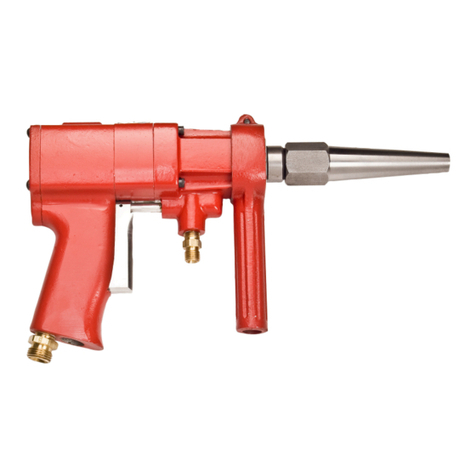
elliot
elliot 5224XL Operating and maintenance instructions

MSW
MSW MSW-DFV-100 user manual

Tracer
Tracer PROSCRIBE Setup guide

Equalizer
Equalizer ECT113 Users guide & exploded view

Blue Diamond
Blue Diamond EXTREME DUTY Series Operator's manual

Reelcraft Industries, Inc.
Reelcraft Industries, Inc. TWHD70000 Series operating instructions

